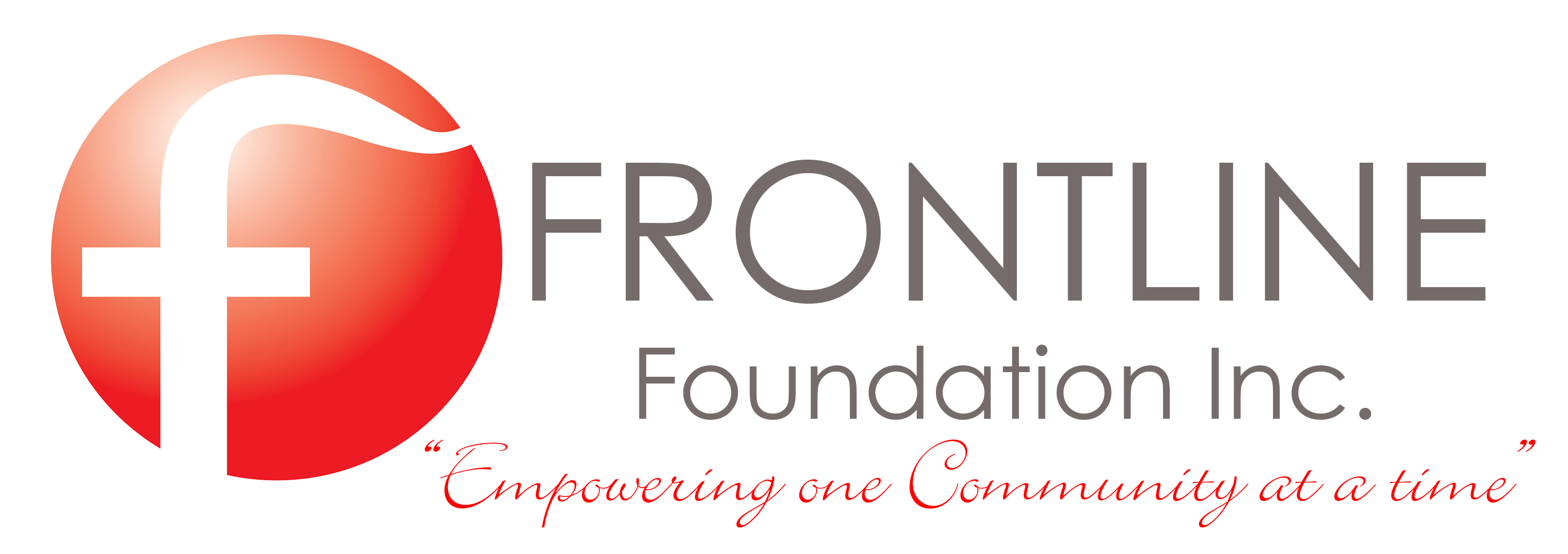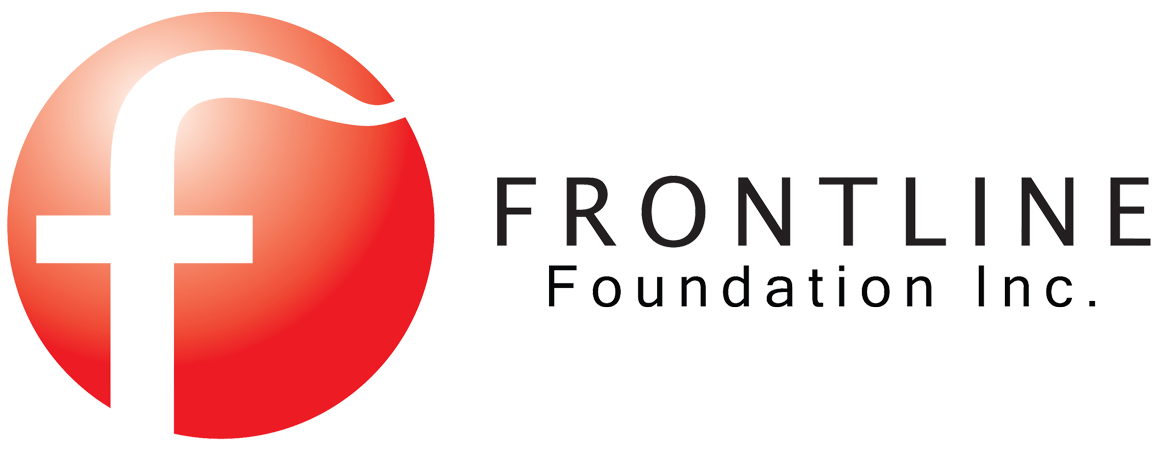Overview
Our aim is to ensure that all our programs and projects are well planned, implemented, measured and evaluated in order to improve aid effectiveness and speed up learning inside the organisation.
The ACCIR project management cycle has been divided in 6 different stages:
(1) Assess,
(2) Design,
(3) Implement and Monitor,
(4) Evaluate,
(5) Reflect and
(6) Transition.
Assess
The assessment stage is the process of collecting and analysing information on the community and other stakeholders. Assessment is an essential first step in the development of a programme or project or when expanding or changing the scope of an existing programme in order to design and implement projects that are effective.
Assessment can also be used as a tool to enable the community itself to better understand their own reality and possibilities they can explore with local government and NGOs. The process of assessment can be a development activity itself, if conducted correctly.
The different types of assessment include community profiling, problem analysis of needs and opportunities, stakeholder analysis, objectives analysis and selection of a preferred implementation strategy.
Design
The design stage is about taking what you learnt during assessment and developing a logical and strategic plan to address the needs and utilize opportunities. A well designed project is more likely to be effective as it has clear goals, detailed plans and has taken into consideration assumptions and managed risks.
Design is about asking the following questions:
- ‘What are we trying to achieve?
- ‘How are we going to achieve it?’
- ‘How will we know if we are successful?’
- ‘Where is the information coming from to demonstrate success?’
- ‘What factors might erode our success?’
Implement and Monitor
Monitoring refers to routine collection of information to establish that inputs, activities and outputs have occurred. Monitoring supports basic management and accountability, and tracks actual performance in a situation against plans or expectations in the original design.
Monitoring promotes learning by contributing information critical to evaluation, reflection and re-design. Monitoring begins during design and continues throughout the life of a project.
Evaluate
Evaluation is a time-bound exercise that attempts to assess, systematically and objectively, the relevance, performance and success, or lack thereof, of ongoing and completed programmes and projects. Evaluation differs from monitoring in particular because it serves to examine the worth or value of a particular project or program approach rather than simply measure its progress against objectives.
The aim is to determine the relevance and fulfilment of objectives, development efficiency, effectiveness, impact and sustainability. It can be of an ongoing or completed activity. An evaluation should provide information about the following:
- Strategy: are the right things being done?
- Operations: are things being done right?
- Learning: are there better ways?
Reflect
Reflection is a process that brings people together to learn together about their work and themselves, and in doing so develop as individuals and as an organisation. Reflection is a periodic process of taking time to review what has happened and then looking forward to consider its implications for programmes and projects.
Unlike monitoring and evaluation, reflection is not about coming to a set of outcomes, data and clear conclusions at certain stages of the cycle. In contrast reflection is more about exploring a range of issues in order to encourage intentional learning and the sharing of ideas and opinions.
The main aim of reflection is to encourage all partners to ensure learning is a key part of their organisation and that they regularly take the time to get staff members, stakeholders and beneficiaries together to reflect on the project in order to ensure that projects are most effective.
Transition
Transition is the process through which the relationship between ACCIR, a strategic partner and particular communities changes throughout the lifetime of a project. That transition may be different types:
- Project is completed
- Project is sustainable and is passed on to community to run with limited input from organisation
- Project transitions into a different projects e.g. moves from building wells to micro enterprises in a community
- Project moves from one location to another.
- Partnership with ACCIR and Strategic Partner comes to an end
The purpose of this stage is to prepare from the beginning how the project will transition so that the development and the outcomes of the project can be sustained beyond a strategic partner’s involvement or contribution in the community or particular area.



